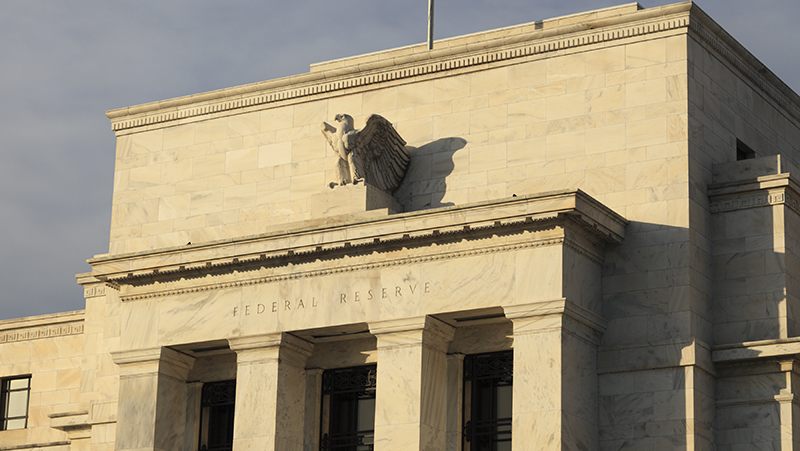US inflation fell to 3% in June, beating the consensus 3.1% economists had anticipated.
It is at its lowest level since March 2021 and represents a one percentage point fall from May.
Core inflation, which strips out food and energy prices, also eased beyond economist expectations, falling to 4.8% ahead of the consensus 5%.
See also: How ‘sticky’ will inflation really be?
With the Federal Reserve due to meet again in July, industry commentators expect the interest rate hiking cycle to finally come to an end, though another 25 bps increase at the next Federal Open Market Committee (FOMC) is still on the cards.
Daniel Casali, chief investment strategist at Evelyn Partners, said: “The Fed should take some comfort in the fact that monetary tightening appears to be working to bring down inflation ahead of the FOMC meeting on the 26 July. Annual headline CPI inflation is heading back towards pre-pandemic rates and core (ex-food/energy) price rises are now below 5%. There are three reasons to expect underlying inflation to slow further from here.
“First, supply chain disruption from the pandemic has lessened significantly. One way to observe this is through used car prices, which are now falling on an annual basis as production normalises. This puts downward pressure on a past key driver of core CPI inflation during the early stages of Covid from 2020.
“Second, rental inflation continues to slow. Using data from timely online residential platforms, recent research from Goldman Sachs shows that average annualised rental inflation has eased to just 1% over the last eight months to June from 20% plus in mid-2021. It will take time for lower rental prices to feed through to inflation, but there is evidence it is starting to happen. For instance, June shelter CPI inflation slowed to 7.8% from a peak of 8.2% in March. CPI inflation (ex-shelter) in June was up just 0.8% from a year ago.”
Thirdly, he said lead indicators point to” lower core inflation in the months ahead”.
“Selling prices from the National Federation of Independent Business, or better known as the small business survey, have fallen to a level last seen when core CPI inflation was roughly 4%,” Casali said. “The annual change in job openings is another lead indicator with a decent track record of leading inflation and this too points to lower pace of price gains ahead.
“Regardless of whether the FOMC raises interest rates later this week or not (markets’ expectation is current for a 25bps increase), the Fed is likely coming to the end of its interest rate hiking cycle.”
He added: “Dollar depreciation should provide additional liquidity, which will help equities to continue their bull run.”
Markets ‘cheering’
Neil Birrell, chief investment officer at Premier Miton Investors, said the release could create a reaction in bond yields and the dollar.
However, he warned: “It is unlikely the Fed will change policy or language in the short term. However, beyond the next meeting, matters are less clear and the chances of the Fed pulling off what many thought was impossible are rising; growth is robust and inflation is falling.”
Janet Mui, head of market analysis at wealth manager RBC Brewin Dolphin, added: “Markets are cheering this positive development. Today’s data is significant because there is solid confirmation that US inflation is heading in the right direction and can determine the Fed’s policy direction for the remainder of the year. With a headline inflation print of 3% now compared to a high of 9.1% last year, it can provide some comfort to the Federal Reserve that its tightening campaign is working.
“Crucially, the core services ex-housing measure of inflation which the Fed cares a lot about, has slowed to just below 4%.”
She added: “The last leg of getting back to 2% can remain difficult and core inflation at 4.8% is still very elevated. That is why expectations of another 25-basis point rate increase this month is still high, but it may well be the last rate increase in this cycle.”







